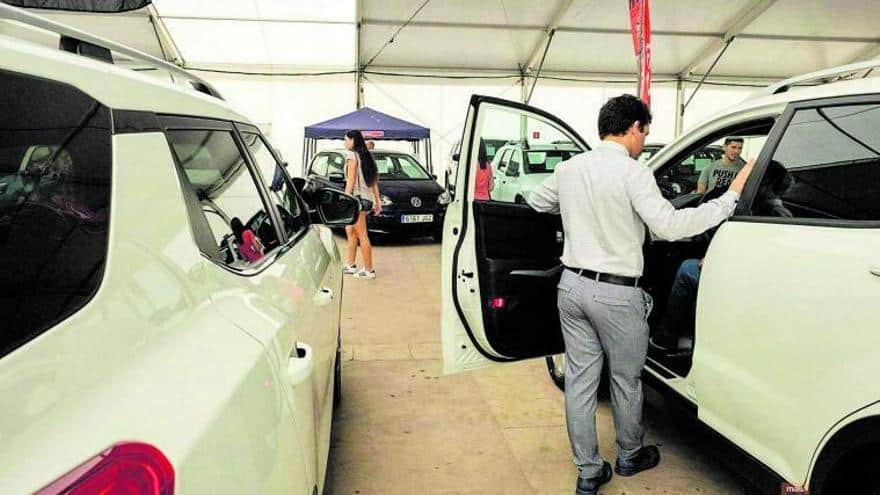Does it make sense that a second-hand car with two or three years of use is worth the same or even more now than when it left the dealership? Indeed, it does not make sense, but that is what is happening. The explanation is developed in the information, but the blunt truth is offered by Miguel Ángel Escandell, president of the Asociación de Talleres Libres, Recambios y Afines de Pimeef: “It is the market and it works like this. If you want to buy a new or second-hand car now, you have to accept what is out there”.
Regardless of the quirks of that mysterious entity called ‘the market’, what is certain is that a series of circumstances have come together in a perfect storm and have had a cumulative effect: the persistent shortage of microchips, semiconductors and electrical wiring; the continuing bottleneck at Chinese ports that hampers global trade networks; the rise of materials such as rubber and aluminum, essential for the construction of a car, and the fact that car rental companies have not put their fleets on the second-hand car market.
“During the last two years, the large leasing fleets have been holding on to their vehicles. We have to wait until the end of this season for them to finally let them go. Meanwhile, we have suffered a lack of vehicles on the market and that inevitably means a price increase,” explains Escandell, who points out that the increase in the cost of the vehicles is due to the increase in the price of the vehicles”, explains Escandell who points out that the increase in the cost of second-hand cars varies according to the models, but can range between “15 and 30%”.
More demand, less supply of new and second-hand cars
Second-hand vehicles are more expensive because not only has supply decreased but demand has increased. The reason for this is the delays in the distribution and supply system for vehicles, a problem that mainly affects two very specific types of vehicles: on the one hand, commercial and cargo vehicles, and on the other hand, hybrid or electric vehicles.
“In these two cases we are talking about delivery times of nine months from the time an order is placed,” acknowledges José Antonio Colomar, president of the Business Association of Automotive Dealers or Distributors (AECA) of Ibiza and Formentera. “And of course, when someone needs a vehicle urgently, they can’t wait all this time and must go to the second-hand market”. And the demand does not stop growing: “In the last two years companies with commercial vehicles have not updated the fleet and, in many cases, they already have breakdowns and need to renew”. The problem is, once again, the bottleneck in global trade networks.
For the full article, please visit Diario de Ibiza website here.

